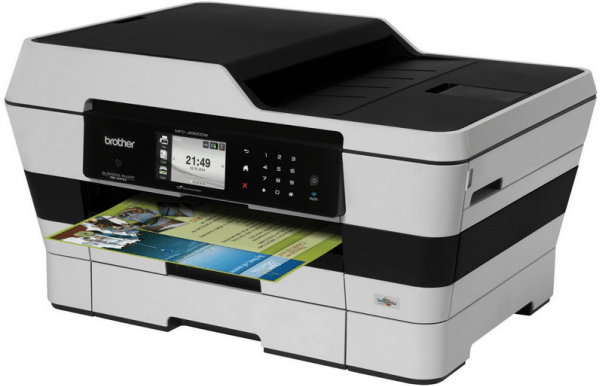
In the Sales/Order example, if you wanted to create a report based on the person who raised the order it is unlikely to be in the Sales data table. Relationships provide a way to extract data from multiple tables to complete your report. In many cases, a single data table doesn’t have all the information you need to create your report. Related: Use this spreadsheet to practice these techniques Why create a Relationship? This means you could create a PivotTable report based on data from both tables. If the Sales data table also includes that Order ID column then a relationship could be established between the two tables. The Order table, however, will have a unique Order ID field. Both might contain a State column, but in both tables those fields will contain duplicates, so you can’t use the State field to create a relationship. The Data Model feature lets you create a basic relational database structure within Excel.Īs an example, consider an Order data table and a Sales data table. Relational databases (for example, SQL and Access) are built on these types of relationships and can contain hundreds of tables.

PowerPivot is also available with some versions of Excel 2013.Įxcel 2013 also has a new Relationships option that reduces the need to use VLOOKUP to combine data. PowerPivot is extremely powerful and if you use data frequently I highly recommend you investigate it further. I won’t cover PowerPivot in this article as it is a huge topic.
Brother mfc j6920dw driver for mac download#
In Excel 2010 you can download the PowerPivot Add-in free from Microsoft and use PowerPivot to create PivotTable reports based on multiple tables. In Excel 2007 and earlier versions, no, that’s as good as it gets.

I use VLOOKUP to combine data from multiple tables so that I can create a PivotTable report.


 0 kommentar(er)
0 kommentar(er)
